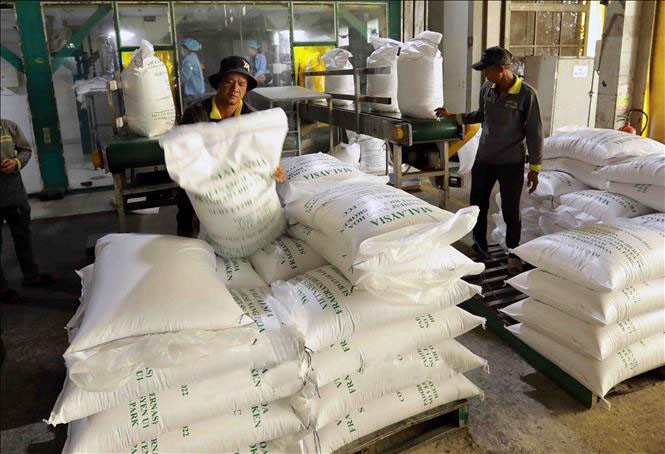
In the domestic market, some difficulties have appeared in the short term. In the Mekong Delta region, the market recorded slow transactions, traders bought cautiously, many warehouses only purchased sparingly. Farmers offered high prices but transaction volume was low, especially for fragrant rice varieties. Rice prices also fluctuated: after falling by more than 1,000 VND/kg as soon as the information about the temporary suspension of imports was announced, prices have increased by about 500 VND/kg thanks to the African market returning to imports and the activation of national reserves. In addition, export value in the short term was affected by the decrease in world rice prices, while the Philippines - a market that accounts for more than 40% of Vietnam's rice exports - temporarily suspended imports for 60 days.
However, many positive factors are contributing to stabilizing the market. The Department of Quality, Processing and Market Development ( Ministry of Agriculture and Environment ) said that the Summer-Autumn crop has been almost completely harvested, the rice is of good quality, the inventory at many traders' warehouses is not much, contributing to keeping prices stable. Meanwhile, the Autumn-Winter crop is being planted on schedule, creating a proactive premise for year-end supply. In the international market, Vietnam's rice export prices remain stable at a high level. Specifically, 5% broken rice prices remained at 391 - 398 USD/ton in August, higher and more stable than Thailand and India, helping Vietnam maintain its competitive advantage.
In the domestic market, fragrant rice varieties such as Jasmine, Dai Thom, Nang Hoa... still maintain high and stable prices. Specialty rice such as Nang Nhen, Huong Lai, Nhat rice... continue to sell well in retail channels, affirming the position of the value-added segment.
Some exporters said that as early as September, there were Filipino customers placing orders for immediate delivery after the country ended its import ban. This shows that the consumption habits of Vietnamese rice among Filipinos are unlikely to change in the short term.
However, the Vietnamese rice industry is still facing great competitive pressure in the international market. Countries such as Thailand, India, and Pakistan are promoting subsidy policies and export support. Meanwhile, Vietnamese rice prices are higher than some competitors, making it difficult to maintain large, price-sensitive customers such as the Philippines and Indonesia.
Faced with this situation, the Ministry of Agriculture and Environment has proactively deployed many response solutions to ensure stable production and export. Localities have been directed to strengthen production safety protection, accelerate the harvest of the Summer-Autumn crop and sow the Autumn-Winter-Autumn crop in 2025 as planned. The Ministry is also promoting the implementation of the Project "Sustainable development of 1 million hectares of high-quality rice cultivation associated with green growth in the Mekong Delta". At the same time, businesses are encouraged to invest in building infrastructure to serve production such as warehouses, processing plants, and applying science and technology to post-harvest preservation. The promotion of the development of high-quality rice, specialty rice, and low-emission rice is also being focused on.
In addition, the Ministry is actively promoting the building of the Vietnamese rice brand in the international market, through strengthening production-consumption linkages along the value chain and stepping up negotiations on bilateral and multilateral agreements on quarantine, quality standards and food safety.
Associations and businesses in the industry are also encouraged to strengthen links with farmers and cooperatives to ensure stable purchasing, especially in the context of temporary suspension of imports from the Philippines. At the same time, it is necessary to step up the provision of information on international markets and enhance trade promotion in alternative markets such as Ghana, Ivory Coast, China, and the EU to compensate for the decline in exports. Proactively stockpiling rice and diversifying products such as organic rice and low-emission rice are also important directions to maintain the supply chain.
As a business that mainly focuses on high-quality rice, Mr. Pham Thai Binh, Chairman of the Board of Directors of Trung An High-Tech Agriculture Joint Stock Company, said that the business has completed the Summer-Autumn crop and the Philippines' temporary suspension of imports has not greatly affected the production plan.
Mr. Tran Tan Duc, a member of the Board of Directors of the Southern Food Corporation, also commented that after the sharp drop in rice prices due to news from the Philippines and Indonesia, the market has recovered thanks to orders from Africa and the policy of activating national reserves.
In the long term, Mr. Le Thanh Tung, General Secretary of the Vietnam Rice Industry Association, said that the Philippines often increases imports in the last two months of the year to prepare for Tet, with an expected demand of about 1 million tons. If the supply from the Autumn-Winter crop is well prepared, Vietnamese enterprises can completely meet this demand, while expanding the market to Africa and the Middle East - where the demand for high-quality rice is increasing.
Regarding the domestic market last week, according to the Institute of Strategy and Policy on Agriculture and Environment, last week in Can Tho, Jasmine rice was priced at 8,200 VND/kg, down 200 VND/kg; similarly, OM 18 also decreased 200 VND/kg to 6,500 VND/kg; IR 5451 rice was 6,200 VND/kg; ST25 was 9,500 VND/kg.
According to the update of the Department of Agriculture and Environment of An Giang, the prices of some types of fresh rice purchased by traders are: IR 50404 rice at 5,000 - 5,100 VND/kg; OM 380 rice from 5,600 - 5,800 VND/kg; OM 5451 rice fluctuates at 5,900 - 6,000 VND/kg; OM 18 from 5,600 - 5,800 VND/kg and Nang Hoa from 6,000 - 6,200 VND/kg; Dai Thom 8 from 5,700 - 5,800 VND/kg...
Regarding rice products in the retail market in An Giang, regular rice costs from 13,000 - 14,000 VND/kg; long-grain fragrant rice from 20,000 - 22,000 VND/kg; Jasmine rice from 16,000 - 18,000 VND/kg; common white rice 16,000 VND/kg, Nang Hoa rice 21,000 VND/kg; Huong Lai rice 22,000 VND/kg; Taiwanese fragrant rice 20,000 VND/kg; Soc rice usually fluctuates at 17,000 VND/kg; Soc Thai rice costs 20,000 VND/kg; Japanese rice costs 22,000 VND/kg...
The price of IR 504 raw rice is at 7,700 - 7,850 VND/kg, IR 504 finished rice is from 9,500 - 9,700 VND/kg; OM 380 raw rice is from 8,500 - 8,600 VND/kg; OM 380 finished rice fluctuates at 8,800 - 9,000 VND/kg.
For by-products, the price of various by-products ranges from 7,200 - 9,000 VND/kg. The price of dry bran is at 8,000 - 9,000 VND/kg.
According to the Vietnam Food Association, the price of 5% broken fragrant rice was offered at $450-$455 per ton this week, down from $455-$460 per ton a week ago.
In the Asian rice market, Thai export prices rose to a three-week high on the back of a stronger baht. Thai 5% broken rice was offered at $355-$365 a tonne, the highest since Aug. 21, compared with $355 a tonne last week, traders said, citing a stronger baht. Additional purchases ahead of Christmas shipments were the only notable support, a trader said.
In India, 5% broken parboiled rice prices were quoted at $367-$371 per tonne this week, unchanged from last week. India’s 5% broken white rice prices were quoted at $361-$366 per tonne this week.
Demand is improving as Indian rice is trading at a discount compared to supplies from other Asian countries, a trader in New Delhi said.
Meanwhile, Bangladesh has purchased a record amount of food under its 2025 summer rice procurement program. Despite bumper harvests, stable imports and ample reserves, domestic rice prices continue to rise.
Source: https://baolaocai.vn/linh-hoat-go-kho-xuat-khau-gao-post882063.html


















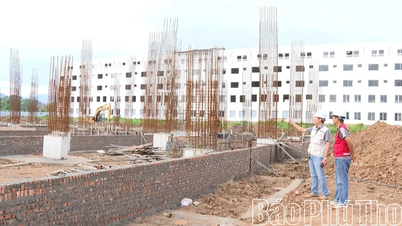



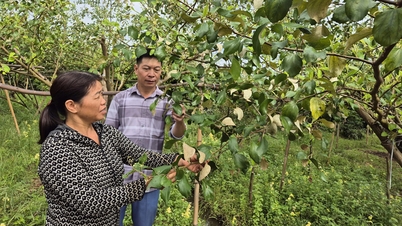

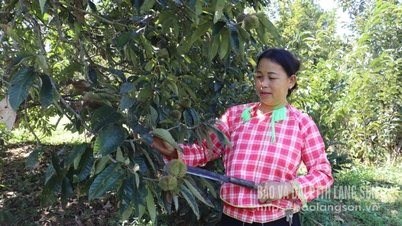

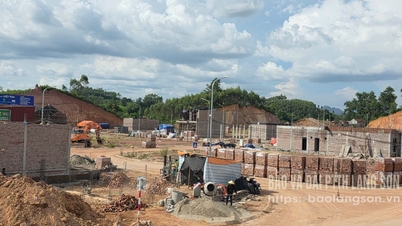







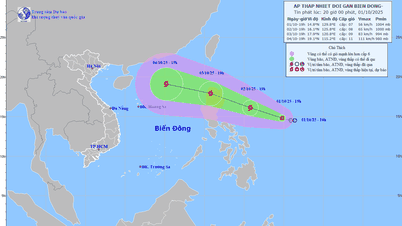

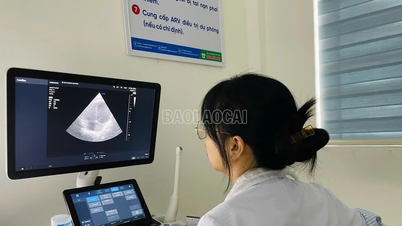




































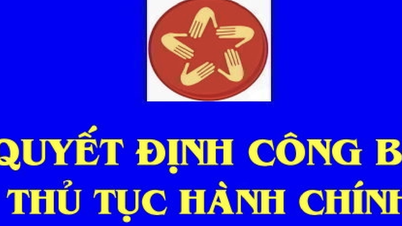
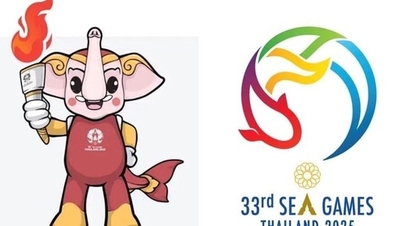


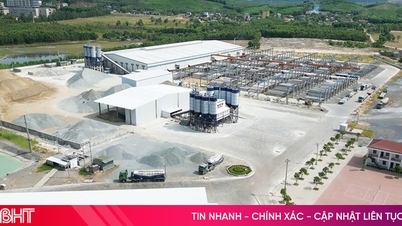





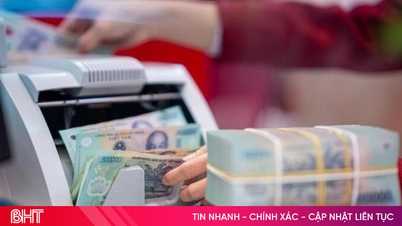
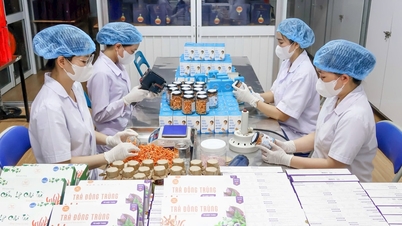














Comment (0)